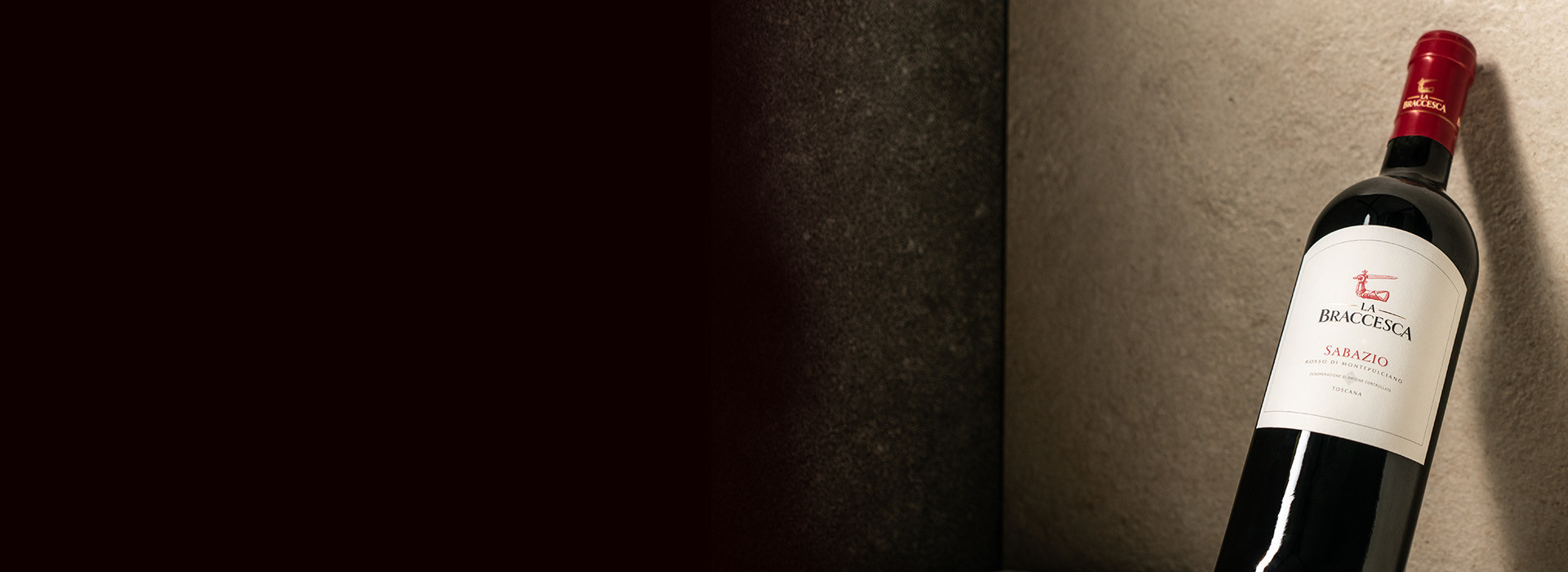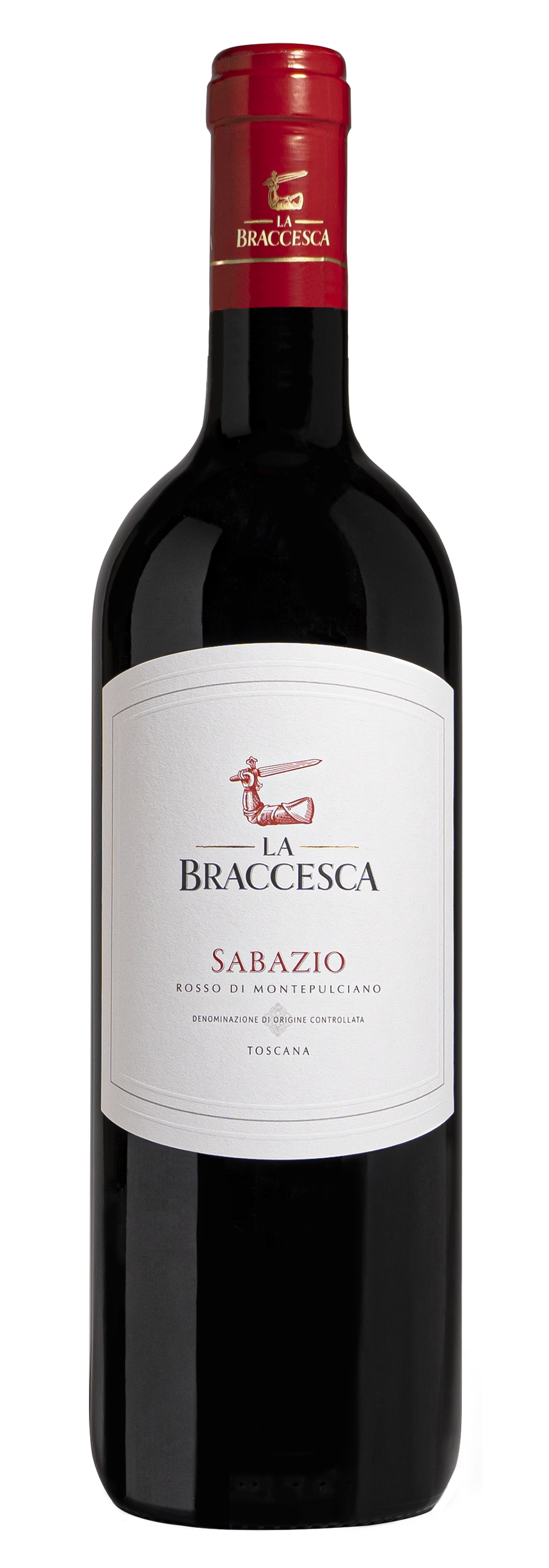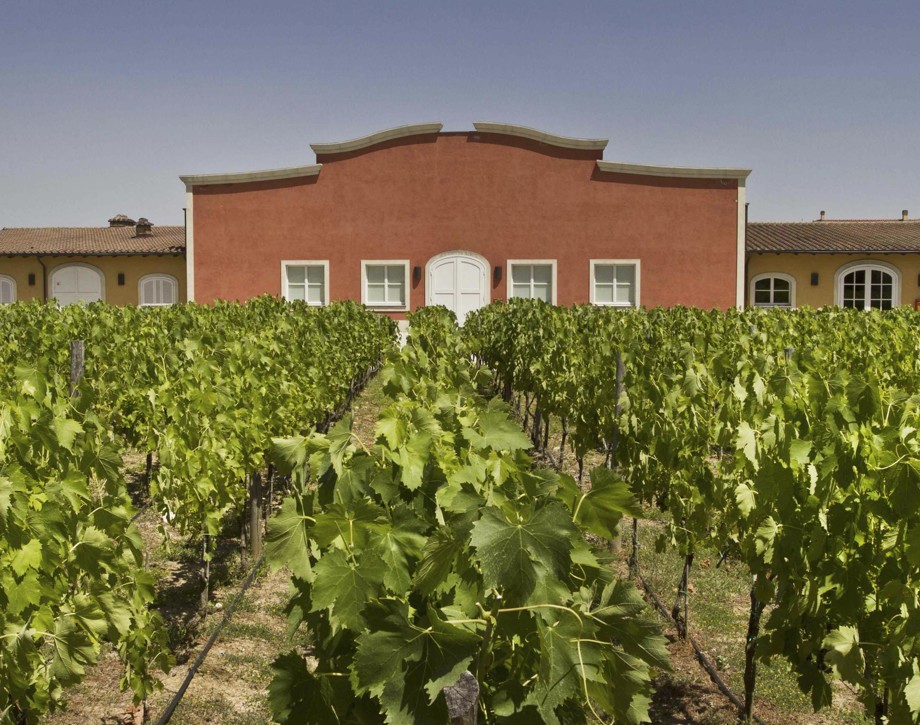Sabazio

Climate
A vintage characterized by a lack of rainfall during the early autumn, which led to exceptionally small berries and a very high ratio of skin to juice in the bunches which were harvested. Another characteristic of the vintage was a not particularly high sugar concentration in the berries themselves. The grapes, in fact, after the rains of late August began to rapidly absorb water and the berries, after swelling, increased in weight but with an evident dilution of the sugar content. During the weeks which followed, sugar accumulation increased but without reaching the elevated levels characteristic of hot vintages. These two phenomenon created wines rich in substance, in extract and polyphenols, but quite balanced as well. The small size of the berries and bunches led to a reduction in the amount of juice produced and, likewise, in production per vine. Harvesting began in mid-September and concluded during the first week of October.
Vinification
The harvesting of the grapes took place towards the mid of September. The heat which characterized the 2012 vintage created no problems for the ripening of the Sangiovese; as a late-maturing variety, it benefitted from September rains and lower September temperatures. After picking, the grapes were destemmed, softly pressed, and then fermented in stainless steel tanks for approximately ten days. Aging took place in large oak casks, where the wine went through the malolactic fermentation, and lasted four months. The wine was then prepared for bottling.
Historical Data
Fattoria La Braccesca extends over a total surface area of over 1,250 acres and is composed of two separate blocks: the historic nucleus is located in the town of Montepulciano with some 255 acres planted to vines in the finest sub-zones of the appellation. The other block, with 580 acres of grapes, is situated at the foothills of the town of Cortona. The name of the wine was inspired by Sabatino Lulli, known as Sabazio, a monk of the abbey of Montepulciano, who, for first, in medieval times, offered indications for the production of wine at Montepulciano. The first production of this wine in the zone dates from the 1992 vintage.
Tasting Notes
A brilliant ruby red, the 2012 Sabazio has intense aromas of fresh red berry fruit combined with floral notes. The palate shows an excellent acidity, which sustains the wine and, together with the crisp mineral notes and the fruit, brings accentuates its drinking pleasure. The wine finishes with a fine persistence and with supple, elegant tannins.

The Wine
Sabazio Vino Rosso di Montepulciano has the freshness associated with the traditional Sangiovese variety together with vibrant aromas characteristic of Merlot in a unique expression of the centuries-old Montepulciano territory. The wine takes its name from Sabatino Lulli, known as “Sabazio”, a monk from the Montepulciano Abbey who was the first to give indications on how to produce wine from the local varieties.

Climate
A vintage characterized by a lack of rainfall during the early autumn, which led to exceptionally small berries and a very high ratio of skin to juice in the bunches which were harvested. Another characteristic of the vintage was a not particularly high sugar concentration in the berries themselves. The grapes, in fact, after the rains of late August began to rapidly absorb water and the berries, after swelling, increased in weight but with an evident dilution of the sugar content. During the weeks which followed, sugar accumulation increased but without reaching the elevated levels characteristic of hot vintages. These two phenomenon created wines rich in substance, in extract and polyphenols, but quite balanced as well. The small size of the berries and bunches led to a reduction in the amount of juice produced and, likewise, in production per vine. Harvesting began in mid-September and concluded during the first week of October.
Vinification
The harvesting of the grapes took place towards the mid of September. The heat which characterized the 2012 vintage created no problems for the ripening of the Sangiovese; as a late-maturing variety, it benefitted from September rains and lower September temperatures. After picking, the grapes were destemmed, softly pressed, and then fermented in stainless steel tanks for approximately ten days. Aging took place in large oak casks, where the wine went through the malolactic fermentation, and lasted four months. The wine was then prepared for bottling.
Historical Data
Fattoria La Braccesca extends over a total surface area of over 1,250 acres and is composed of two separate blocks: the historic nucleus is located in the town of Montepulciano with some 255 acres planted to vines in the finest sub-zones of the appellation. The other block, with 580 acres of grapes, is situated at the foothills of the town of Cortona. The name of the wine was inspired by Sabatino Lulli, known as Sabazio, a monk of the abbey of Montepulciano, who, for first, in medieval times, offered indications for the production of wine at Montepulciano. The first production of this wine in the zone dates from the 1992 vintage.
Tasting Notes
A brilliant ruby red, the 2012 Sabazio has intense aromas of fresh red berry fruit combined with floral notes. The palate shows an excellent acidity, which sustains the wine and, together with the crisp mineral notes and the fruit, brings accentuates its drinking pleasure. The wine finishes with a fine persistence and with supple, elegant tannins.

Tenuta La Braccesca
La Braccesca spreads over 508 hectares where the ancient farm of the Bracci counts once stood, hence the name of the estate and its coat of arms: an arm covered in armour holding a sword. Since 1990 the Marchesi Antinori have owned the estate. The total surface area of the vineyards is 334 hectares divided into two parts: the first, of 232 hectares is located on the border between the municipalities of Montepulciano and Cortona. The other body, 102 hectares of which are planted with vines, extends as far as Montepulciano between three of the most renowned sub-zones for the production of great red wines: Cervognano, Santa Pia and Gracciano.

Soil
Sandy loam rich in very fine gravel.


















